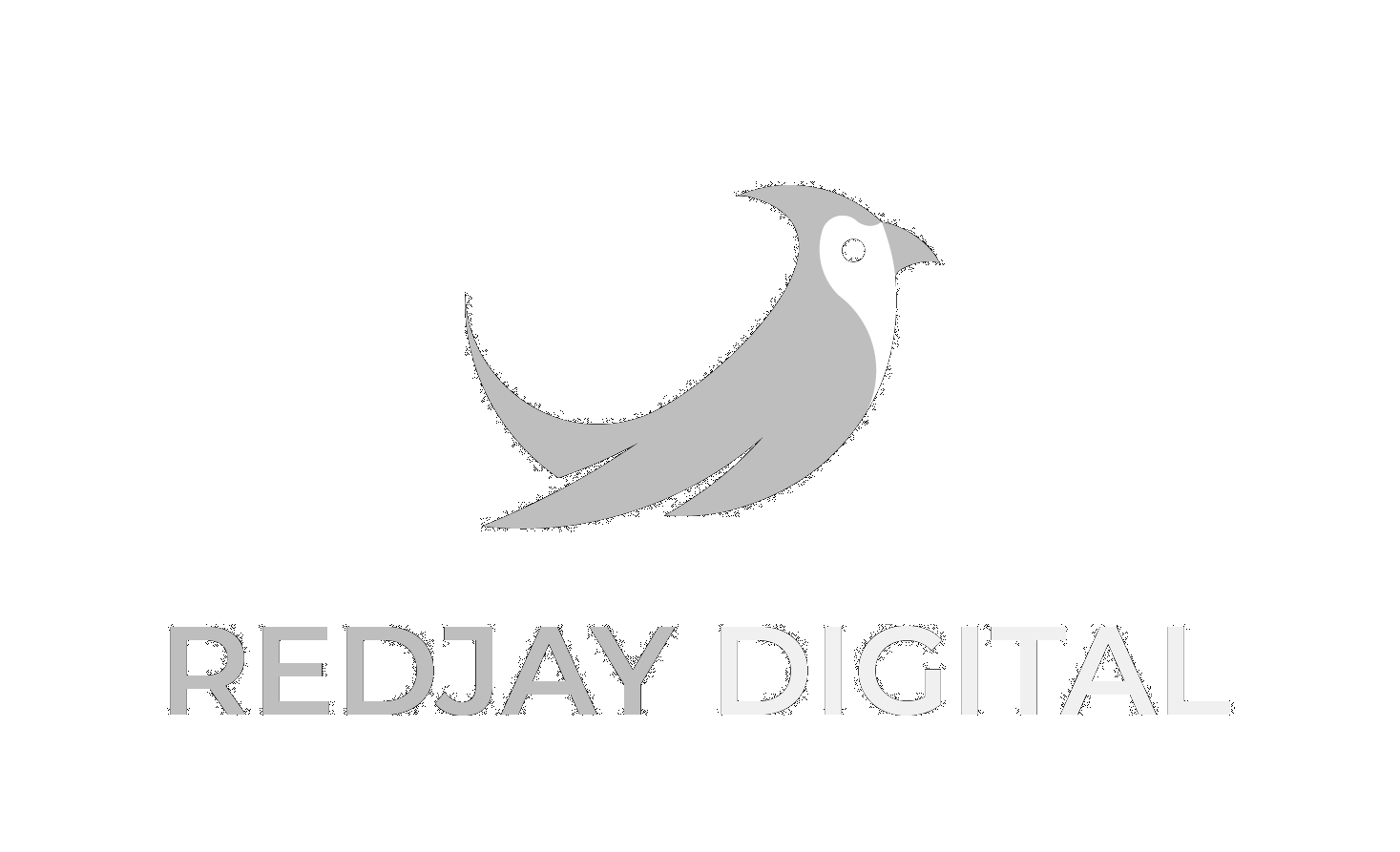The business world is constantly evolving and for many agencies, keeping up with changes can be a real challenge. However, as digital and AI technologies continue to advance, it’s becoming increasingly clear that some agency models may be suffering from exhaustion. Business model exhaustion occurs when a model that once worked well becomes outdated or less effective, resulting in a decline in performance or competitiveness. A well-known example of this is the horse and cart business model, which was widely used before the advent of cars. As automobiles became more prevalent, the horse and cart model became exhausted as it couldn’t compete with the speed, efficiency, and convenience offered by cars.
This example illustrates how even a long-established and well-regarded business model can become exhausted as the market and technological advancements change. It highlights the importance of being aware of the signs of business model exhaustion and the need for businesses to continually adapt and evolve to stay competitive in the market.
Key Signs of Business Model Exhaustion
One of the key signs of a struggling agency model is a decline in financial performance. When a company’s revenue and profits start to drop, it’s often a sign that the business model is no longer working for them. However, it’s not always that straightforward. Sometimes, the cause of the revenue decline is something else entirely, like a recession or a shift in the market. For example, an agency that specializes in organizing in-person events would see a decline in revenue during the pandemic, but it’s not because their business model is exhausted; it’s due to the pandemic situation.
It’s important to note that current factors such as the pandemic and economic recession can exacerbate the symptoms of business model exhaustion, such as a decline in revenue and increased competition. However, it’s important to remember that these factors are not necessarily the root cause of the problem. The pandemic and economic recession can act as a catalyst, speeding up the process of business model exhaustion, but they are not the underlying cause of the problem.
In fact, these factors could actually mask the problem, making it easy for the agency owner to think that their drop in performance is temporary and that things will return to normal once the pandemic is over or the economy improves. But, in reality, their business model may be dying in the face of a rapidly evolving market, where digital and AI technologies are changing the way business is done.
Agencies need to look beyond short-term solutions and instead adapt to the changes brought about by digital and AI disruption. By recognizing the signs of business model exhaustion and taking steps to address the problem, agencies can ensure they are well positioned to navigate the ever-changing business landscape and remain successful in the long-term.
So, what can agencies do to adapt to these changes?
One solution is to invest in digital and AI technology to enhance capabilities and improve the ability to meet the changing needs of customers. This can include utilizing data analytics to gain insights into customer behavior and preferences, automating certain processes to improve efficiency, or implementing advanced CRM software to better manage customer relationships.
Another approach is to develop new business models that are better suited to the current market. This could be anything from implementing performance-based pricing, subscription-based models, or expanding service offerings. For instance, a traditional marketing agency can move into the field of ecommerce by providing consulting and optimization services to online retailers.
Lastly, agencies can diversify and expand their service offerings. By looking for ways to diversify and expand into new areas, such as consulting, research, training or market research, agencies can better serve the needs of their customers and differentiate themselves from their competitors. For example, a PR agency can expand their services by offering crisis management consulting and training to their clients.
It’s important to remember that these changes should be done strategically and deliberately as it requires an investment of resources, but it’s a necessary step for an agency to stay competitive in the market and continue to grow.
Redjay Digital offers a free agency workshop called “Tame the chaos, get unstuck, and scale your agency, fast.” If you are an agency owner and seeing declining revenue, or your client acquisition is becoming more challenging as referrals dry up, this workshop is an opportunity to get under the hood of your agency and figure out exactly what is needed to evolve your model to navigate the changing needs of the market. You can check it out here: www.redjaydigital.agency

